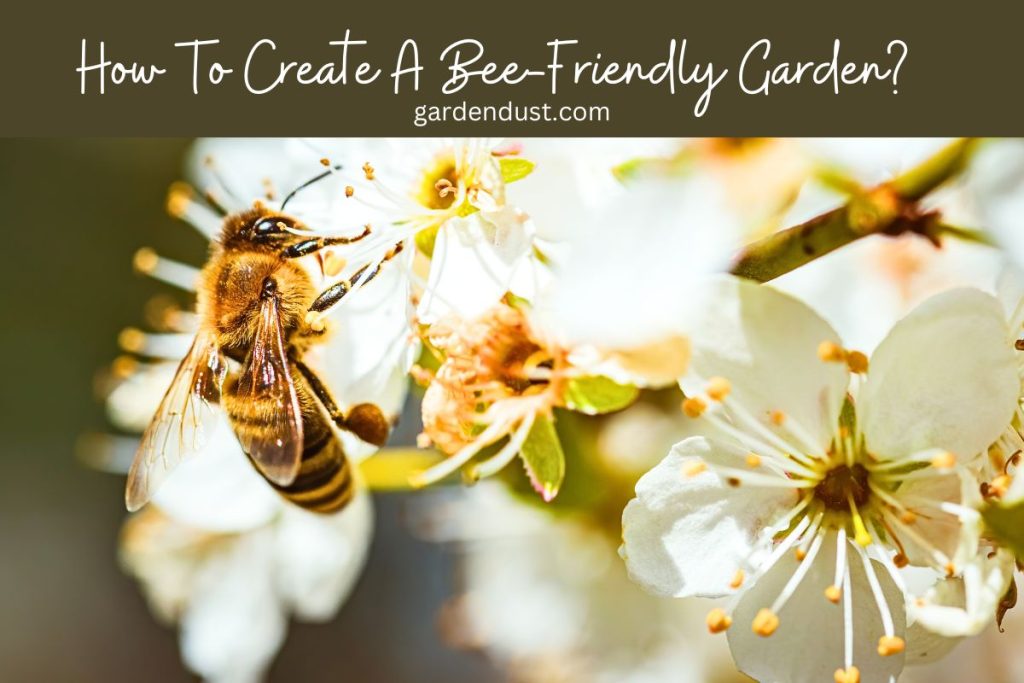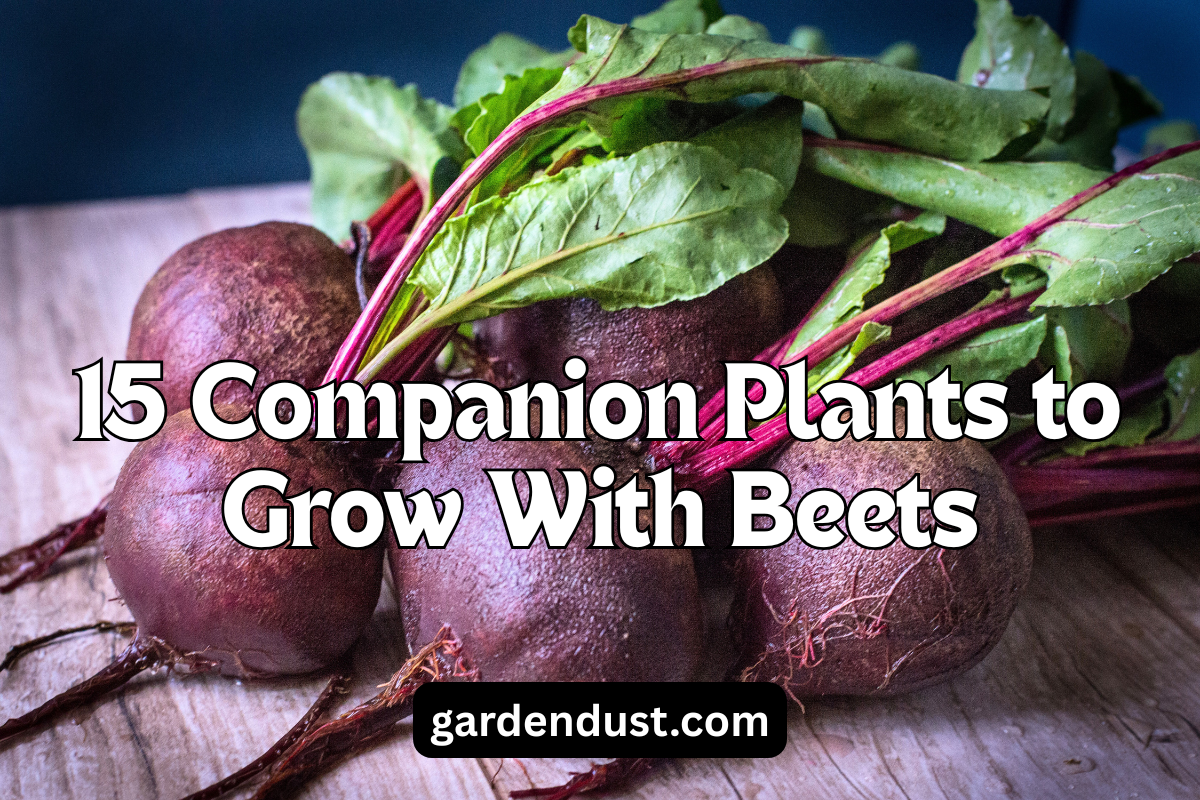In an era where environmental consciousness is at the forefront of our minds, creating a bee-friendly garden is a small yet impactful way to contribute to the well-being of our planet. Bees, as pollinators, play a crucial role in maintaining biodiversity and ensuring the health of our ecosystems. In this guide, we’ll delve into How to Create a Bee-Friendly Garden which will not only enhances your outdoor space but also provides a welcoming haven for our buzzing friends. Let’s start…
Choose Bee-Attractive Plants:
The foundation of a bee-friendly garden lies in selecting plants that bees find irresistible. Opt for a variety of flowers with different shapes, colors, and bloom times to attract a diverse range of bee species. Some bee-favorite plants include lavender, bee balm, sunflowers, and native wildflowers.
Go Native:
Native plants are well-adapted to the local climate and soil conditions, making them an excellent choice for a sustainable garden. Native plants also provide food and habitat for local bee species, ensuring a healthy and balanced ecosystem.
Provide a Water Source:
Bees need water not only for hydration but also for cooling their hives. Place shallow containers with fresh water in your garden, ideally with floating objects like stones or twigs for the bees to land on. This simple addition can make a significant difference in attracting and supporting bee populations.
READ ALSO:-20 Best Plants to Attract Butterflies
Create Nesting Sites:
Bees require safe places to build nests and lay eggs. Incorporate features such as bee hotels, which are easy-to-make structures with drilled holes or natural materials, providing shelter for solitary bees. Leave some areas of your garden with exposed soil for ground-nesting bees.
Avoid Harmful Chemicals:
Pesticides and herbicides can have detrimental effects on bee populations. Opt for organic gardening methods and natural pest control solutions to protect your plants without harming the bees. Additionally, avoid using systemic pesticides that can linger in plant tissues and harm pollinators.
Plan for Continuous Bloom:
Ensure that your garden offers a steady supply of nectar and pollen throughout the growing season. Choose plants with different flowering times to provide sustenance for bees from early spring to late fall. This ensures a consistent food source for them.
Practice Sustainable Garden Maintenance:
Adopt sustainable gardening practices, such as composting and mulching, to enrich your soil naturally. A healthy soil ecosystem promotes strong plant growth, which, in turn, benefits the bees.
Educate and Inspire Others:
Share your knowledge and passion for bee-friendly gardening with friends, family, and neighbors. Encourage others to create their own bee-friendly spaces, expanding the network of supportive habitats for these essential pollinators.
Creating a bee-friendly garden is a rewarding endeavor that not only beautifies your outdoor space but also contributes to the well-being of the environment. By incorporating these tips into your gardening routine, you can play a vital role in supporting bee populations and fostering a more sustainable and biodiverse ecosystem. As the buzz of bees fills your garden, you’ll find joy in knowing that you’ve made a positive impact on the world around you. Happy Gardening….







